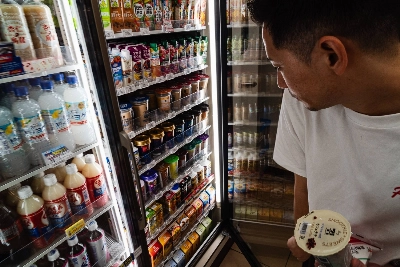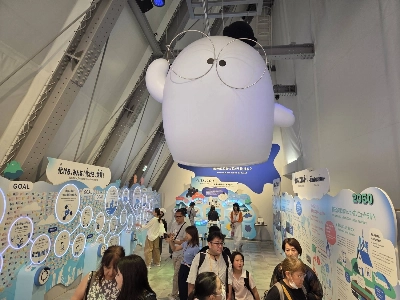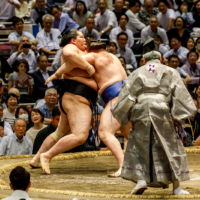The maximum vote-value disparity between House of Councilors prefectural constituencies has risen to 3.126 times for the July 20 election for the upper chamber of parliament, according to an estimate by Jiji Press.
The figure was up from 3.03 times in the previous Upper House election in 2022. The Supreme Court has ruled the 2022 poll to be constitutional in terms of disparities in the value of votes.
As of Wednesday, the number of eligible voters across the country stood at 104,245,113, the internal affairs ministry said Thursday.
Tokyo had the largest number of voters, at 11,645,722, while Fukui had the smallest, at 620,962.
In terms of the number of voters per seat, the most populous Tokyo constituency had 970,477 voters, against 310,481 voters in the least populated Fukui constituency. The gap between the two was 3.126 times.
Kanagawa had the second-biggest disparity with Fukui, at 3.119 times, followed by Miyagi, at 3.066 times, Osaka, at 2.939 times, and Niigata, at 2.921 times.
In recent years, the maximum gap for Upper House elections has been around three times.

















With your current subscription plan you can comment on stories. However, before writing your first comment, please create a display name in the Profile section of your subscriber account page.